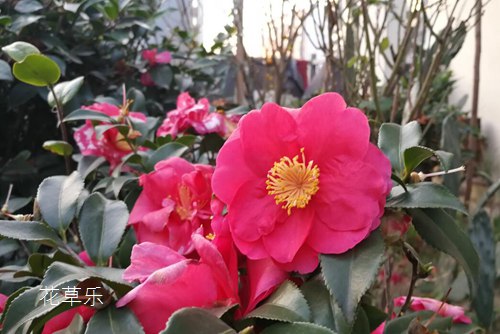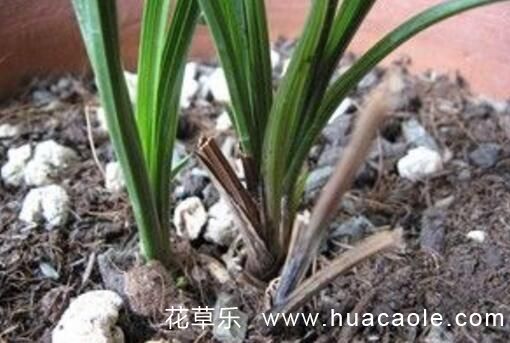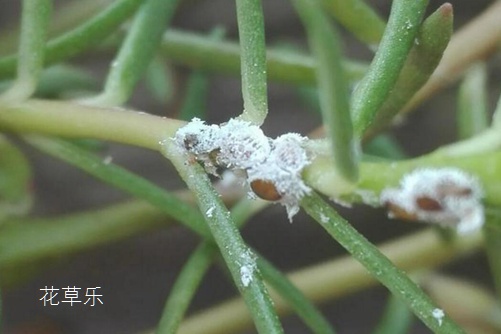The reason why camellias do not blossom with buds is matters needing attention in camellia planting.
The camellia I planted had a lot of buds last autumn, but the buds gradually dried up and fell after winter. After watering liquid fertilizer (bean cake water), the leaves fell one after another. What is the reason? How to deal with it? Below, Hua Cao Le shares with you the notes on camellia planting, when camellias bloom and what color camellias are.
The reason why camellias do not blossom with buds is matters needing attention in camellia planting.

There are two technical problems often encountered in the process of camellia culture: one is whether camellia blossoms with buds or not, and the other is the fertilization of camellia.
First, Camellia planting: the problem of whether it blossoms with buds or not
In the spring growth period, camellia has more phosphorus and potassium fertilizer and less argon fertilizer, which leads to poor vegetative growth, rapid shoot maturation, early flower bud differentiation and full tree buds. But after the beginning of winter, water and fertilizer can not keep up, not only do not blossom, on the contrary, the buds also gradually dry up and fall. The solution is: (1) timely thinning of buds: in order to ensure the robust growth of plants and the concentrated supply of nutrients, leave 1 or 2 buds on each branch when the size of soybeans is large, and the rest are removed. (2) move the camellia to a warmer environment before winter, maintain the temperature of 10-20 ℃, and follow the principle of "wet and cold, sun, dry and hot", ensure an average of 3-4 hours of light every day. (3) appropriate watering: the camellia root is fleshy, and if the pots accumulate water, it is easy to rot and blacken, causing buds to fall. The basin soil should be kept moist, neither dry nor wet, and it is generally appropriate to water once every 3-5 days. Do not water too much, but you can sprinkle water on the outer wall of the flowerpot and the ground between the pots to maintain about 80% of the air relative humidity. (4) rational fertilization: in the flower bud stage, especially in the flower bud stage of weak growing plants, "thin fertilizer" should be applied frequently, fully mature soybean cake fertilizer liquid or "alum fertilizer water" can be applied once a month, and 0.01% concentration of dipotassium phosphate should be sprayed outside the roots every half month. Pay attention to phosphorus and potassium as the main fertilizer, but it must be combined with a certain amount of argon in order to ensure the healthy growth of the plant and the normal expansion of the bud. (5) strengthen post-anthesis management to remove residual flowers in time after anthesis, and change pots in time before and after the Qingming Festival. The formula of pot soil used is rotten leaf soil: sandy vegetable garden soil: compost = 3:4:3, or ripe yellow soil: rotten leaf soil = 2:1. Do not water within a week after changing the basin, and do not apply fertilizer before the leaf buds germinate.
II. Camellia planting: fertilization
After watering the bean cake, the reason for the defoliation of the camellia is that the bean cake is not fully mature, which is raw fertilizer, and the other is that the concentration of the bean cake aqueous solution is too high, so the fertilization of camellia must be carried out carefully: (1) the period from March to April is the period of sprouting and sprouting leaves, which can be combined with changing pots and dressing fertilizer, once every 10 days, for a total of 2 to 3 times, to promote the vigorous growth of branches and leaves. (2) May to June is the period of flower bud differentiation, and phosphorus-based fertilizer is applied once every half month to promote flower bud differentiation and enhance drought resistance. (3) the bud expansion period is from September to October, and the fertilizer should be mainly composed of phosphorus and potassium, once every semimonthly. (4) the bud protection period is from November to the first ten days of December, and root topdressing should basically be stopped, but low concentration of dipotassium phosphate can be sprayed outside the root every month to improve the cold resistance of the plant. Others, such as hot summer, cold winter and flowering, should stop topdressing. There is a phenomenon of "fertilizer damage" of buds and leaves due to the application of raw fertilizer and concentrated fertilizer in Wanyu. Camellia should be removed from the basin in time, and the soil mass should be washed in water to remove 1cm, 3pm, 4, add new soil on the basin, put it in the shade, keep it for 7 days without watering and fertilizing, and only spray foliar water 2 times or 3 times a day. Finally, it will be transferred to the normal maintenance management.
When will the camellia blossom
Camellia blossoms twice a year. It opens in February in spring. It opens in October in autumn! It can drive for about 20 days in a greenhouse in the north. General flowers, the florescence is between December and January, controlled can blossom to the Spring Festival.
What color is the camellia
Dry beautiful branches and green leaves, colorful flowers, beautiful and diverse flowers, elegant and polymorphic flowers, fragrant smell, a wide variety of flowers, most of the flowers are red or light red, but also white, mostly double. Nowadays, there are many double varieties of camellias and few single varieties of camellias. The colors are pink, bright red, crimson, yellow and white, and there is also a kind called agate. Each petal has two colors of red and white, and the shades vary. The flowers are shaped like hibiscus.
Time: 2019-04-29 Click:
- Prev

Prevention and Management of Diseases and insect pests in Orchid
Orchids in traditional Chinese flowers only refer to several species of terrestrial orchids distributed in Chinese orchids, such as Chunlan, Huilan, Jianlan, Cymbidium and Hanlan, which are commonly referred to as Chinese orchids. It has a simple, quiet, elegant and elegant temperament, which is in line with the aesthetic standards of Orientals. It has been cultivated for more than a thousand years in China.
- Next

Sunflower infected with shell insects how to treat, do not need pesticides can eliminate shell insects seven tricks
Sunflower, a perennial flower of Portulaca genus of Portulaca family, is an annual succulent herb. Plant height 10~15cm. The petals are bright in color, such as white, dark yellow, red, purple and so on. There are many varieties of horticulture, including single, semidouble and double. Like a warm, sunny and dry environment
Related
- Fuxing push coffee new agricultural production and marketing class: lack of small-scale processing plants
- Jujube rice field leisure farm deep ploughing Yilan for five years to create a space for organic food and play
- Nongyu Farm-A trial of organic papaya for brave women with advanced technology
- Four points for attention in the prevention and control of diseases and insect pests of edible fungi
- How to add nutrient solution to Edible Fungi
- Is there any good way to control edible fungus mites?
- Open Inoculation Technology of Edible Fungi
- Is there any clever way to use fertilizer for edible fungus in winter?
- What agents are used to kill the pathogens of edible fungi in the mushroom shed?
- Rapid drying of Edible Fungi

